After nearly 70 years of “playing” with working horse material and non-material culture especially from the UK and Ireland, I like to think that I am reasonably experienced in identifying where photographs without a given provenance have been taken. For example, in the following photograph.
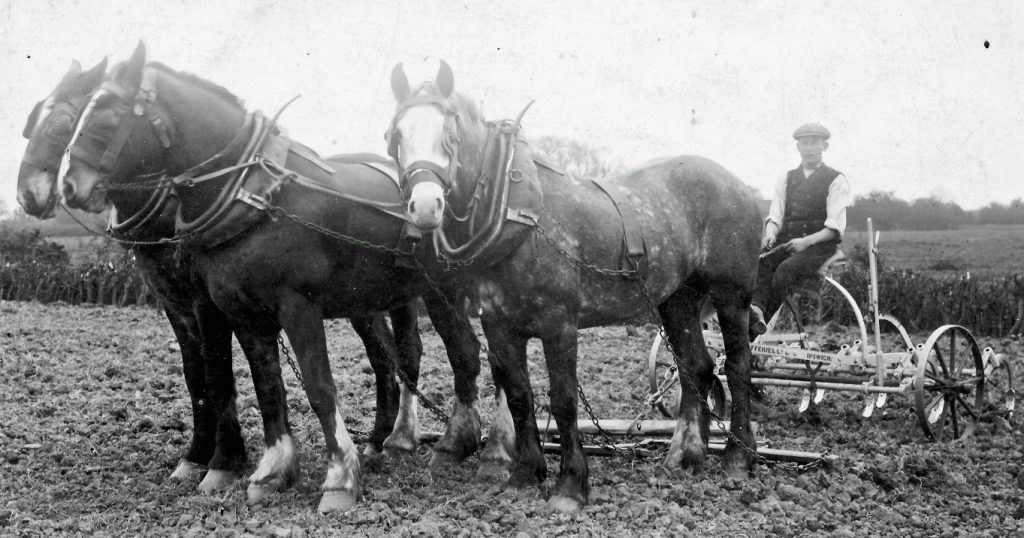
The above photograph shows a three-horse team drawing a Ransomes of Ipswich, Suffolk, England, cultivator. My experience immediately tells me that the picture was taken in one of three eastern English counties, either Cambridgeshire, Lincolnshire or Yorkshire. Further it tells me that the photograph is more likely to be Lincolnshire because of the style of the horses’ bridles. However, the principal clue for the choice of county locations, is the pattern of the hame draught hook. In this case the pattern is generically known as “Yorkshire” but preferred in the three named counties.
As the industrial production of harness fittings advanced during the 1800s, as a wide generalization, four principal types of hame hooks, with minor variations, were manufactured. These are as in the following image.
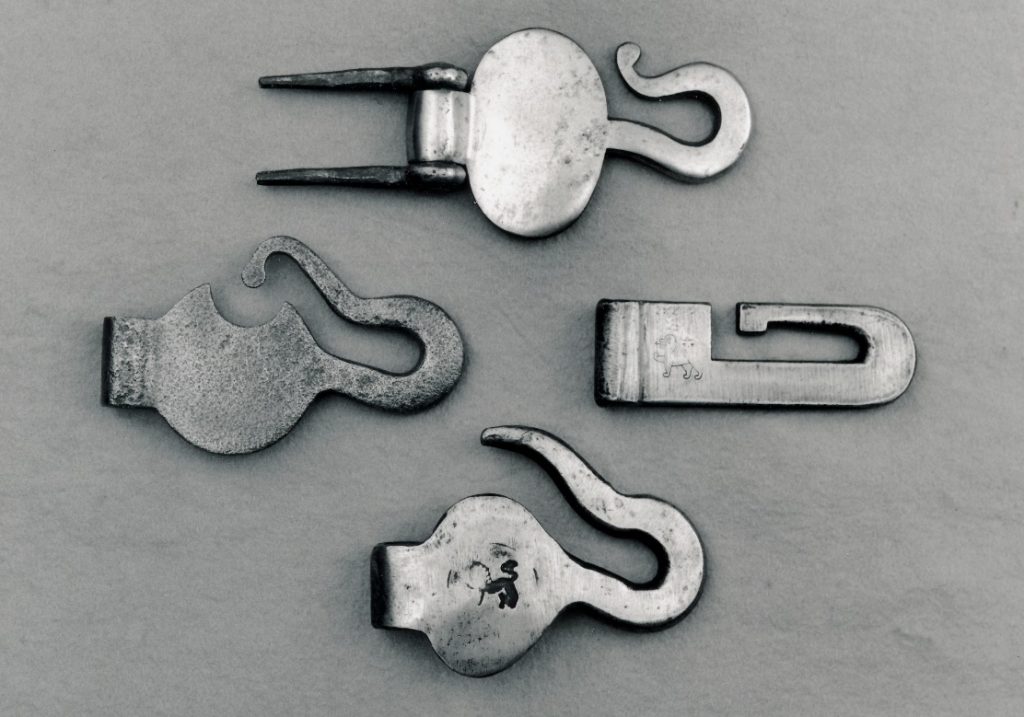
The four principal styles of hame draught hooks. Top, this is the “Scottish” pattern, although sometimes used in the north of England. Middle left, this is the “Lancashire” pattern associated with the north-west of England. Middle right, the “Yorkshire” pattern mostly used in the English counties of Yorkshire, Lincolnshire and northern Cambridgeshire. At the bottom is the most common “English” pattern, associated with the south and midlands of England, but also Wales.

Reflecting the different hame hooks, a detail from an early 1900s Lewis Anglo Works catalogue from Dudley in the English Midlands. Such “Black Country” industrial works manufactured not only the hame hooks, but different patterns of hames to suit local preferences. It is these details recorded in such catalogues that may help give a provenance to historic images.
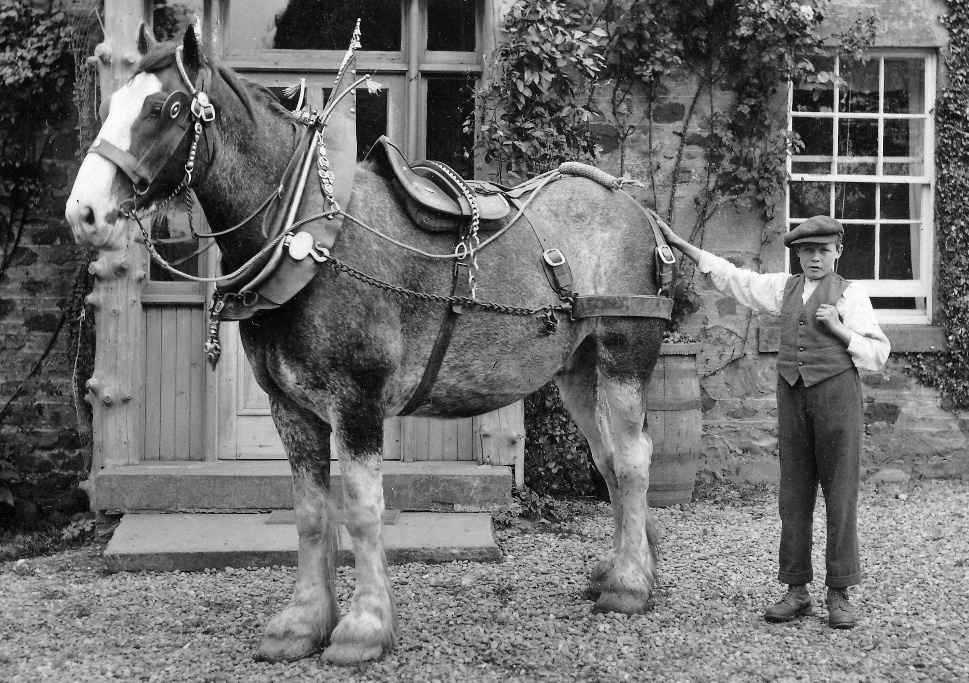
Illustrating the Scottish hame hook pattern. This photograph, circa 1910, shows a young aspiring Scottish horseman probably from Aberdeenshire, and possibly with one of his father’s horses.
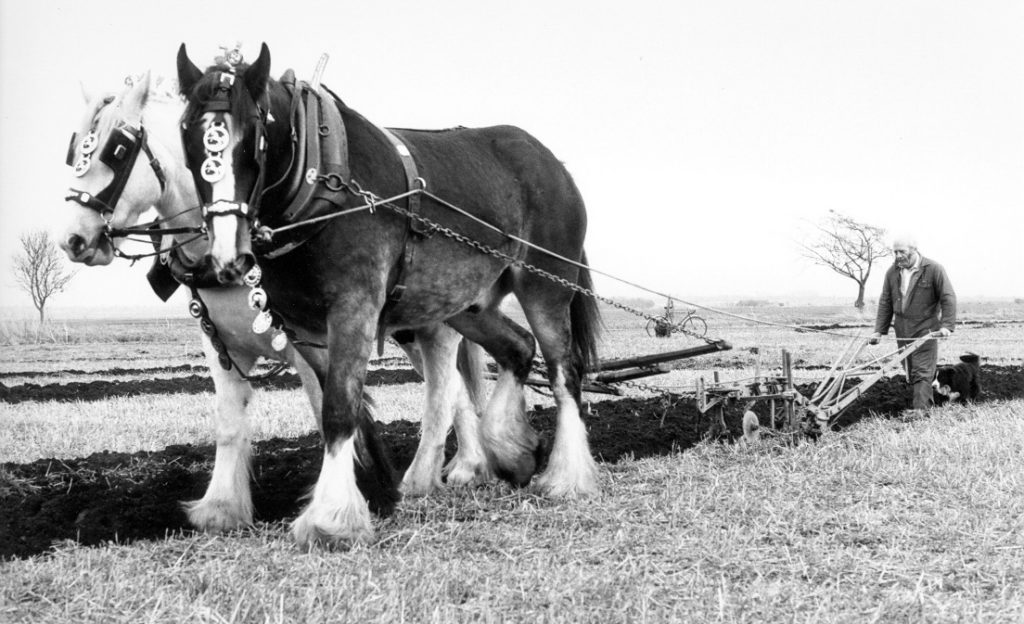
Although this article is primarily about industrially mass-produced hame hooks, it should be stated that prior to that the draught hooks were hand-forged by local blacksmiths before being fitted to wooden hames. At the same time as those industrial hooks were used, in the English eastern counties of Norfolk and Suffolk, wooden hames with such hand forged hooks prevailed until the demise of the working agricultural horse. Above, the author’s friend and mentor, Mike Flood of Norfolk, ploughing with “Lad” and “Tom”, circa 1990. A detail of the hand-forged wooden hames’ hooks follows.
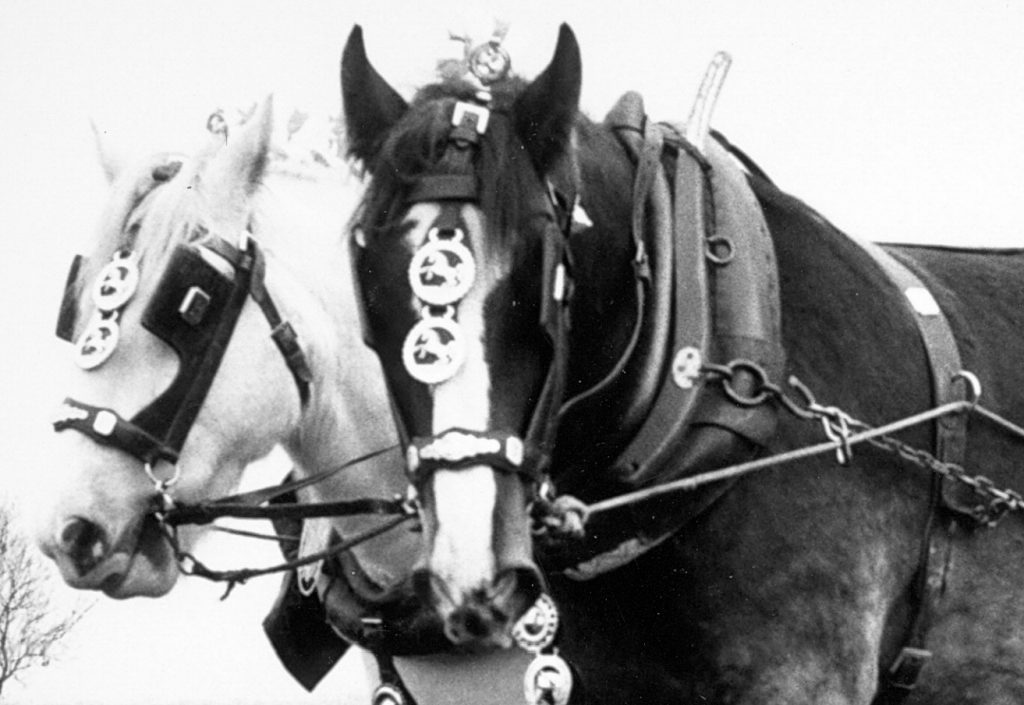
In conclusion, for horse harness and associated items, as with the study of other vernacular material items, the same principles may be applied to photographic images to aid provenance. They may also be used to aid historic working interpretation. However, as a personal final comment, with absolutely no disrespect to our American colleagues, it saddens me to see their readily available harness and fittings used in such as UK historic interpretation, when appropriate research and application could reflect what was the reality.
Author: Bob Powell, April 2024. (Images from the author’s archive)
